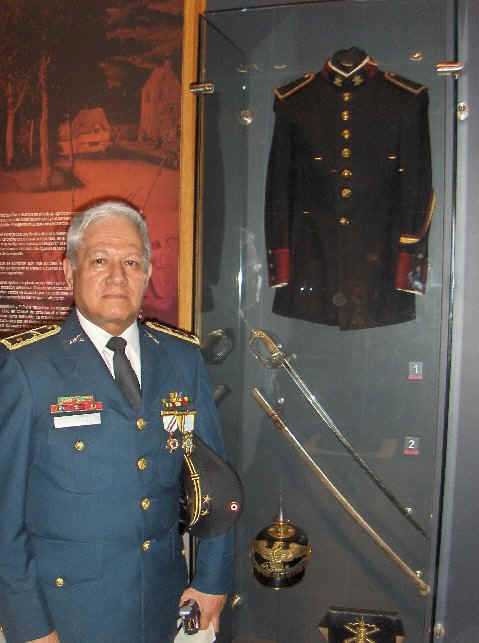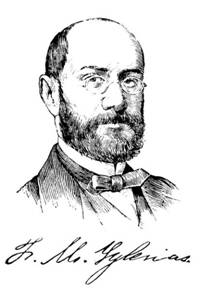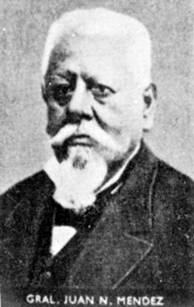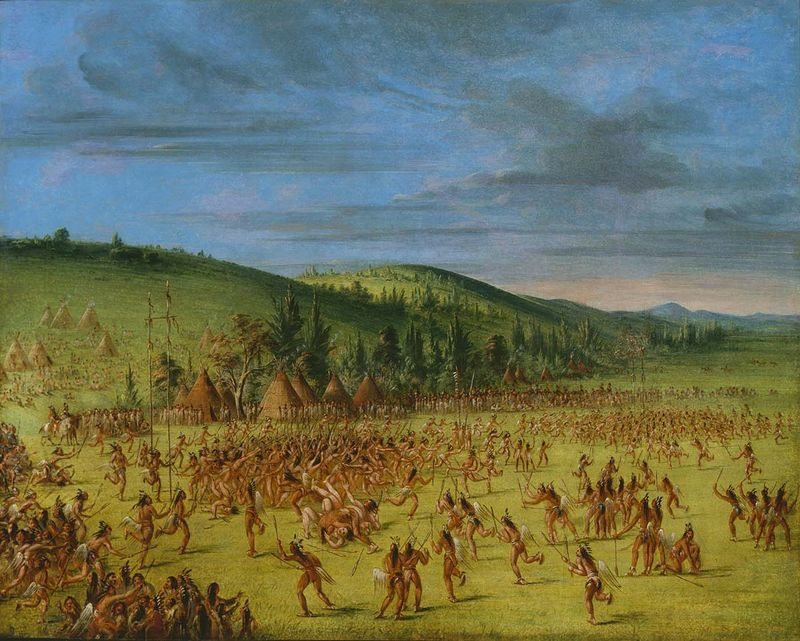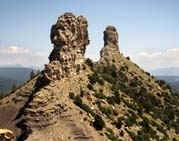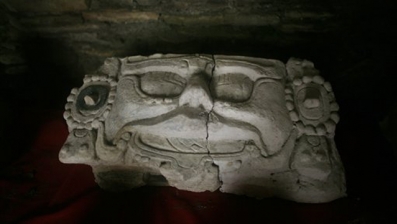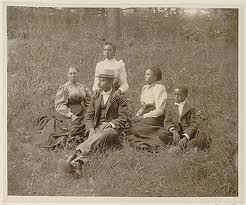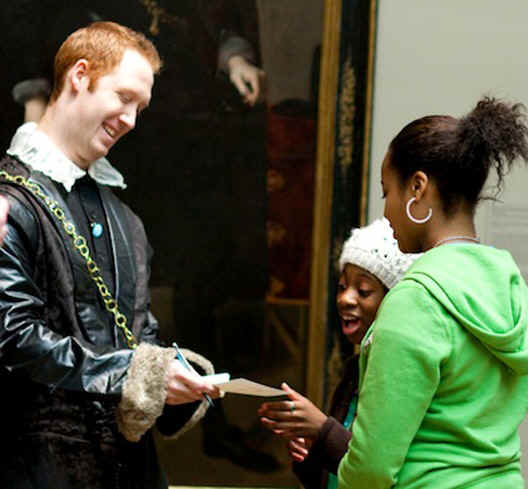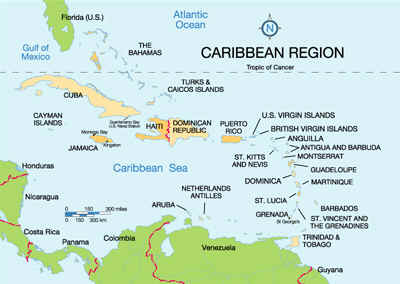Last year, a panel of students at Columbus State Community College in Columbus, Ohio, gathered to discuss the challenges facing the African-American male. But another topic unexpectedly emerged: who, exactly, was African-American?
That was a loaded question for many of the panelists and the audience because Columbus is home to one of the countrys largest Somali communities. For those students, African-Americans are American-born Blacks an identity they didnt embrace.
There was rich dialogue around the difference between African, African-American and an African who is an American, recalls Renee Hampton, Columbus States special assistant to the provost for diversity. Those are things we have to be aware of in dealing with the students. We are trying to educate ourselves.
Columbus State, like many other colleges, is finding that traditional categories of race and ethnicity dont begin to cover the diversity of its student body. Like America itself, higher education institutions are confronting a new wave of intra-ethnic diversity that is expanding old definitions of race and national origin and challenging colleges traditional methods of student services.
Theres a tendency to treat immigrants as a monolithic group, when there are big differences among them, says Jill Casner-Lotto, director of the Community College Consortium for Immigrant Education, housed at Westchester Community College in Valhalla, N.Y.
A New Understanding of Diversity
Its no secret that America is becoming more multicultural. According to census estimates, minorities make up more than one-third of the nations population. Twelve percent of the population is foreign born, and 20 percent speak a language other than English at home.
When it comes to recordkeeping, though, the students are funneled into one of six racial categories: American Indian or Alaska Native; Asian; Black or African-American; Native Hawaiian or Other Pacific Islander; White; and Some Other Race. Two minimum standards for ethnicity also were added in 1997: Hispanic and non-Hispanic.
White students make up nearly 70 percent of Columbus States student body, while Blacks account for 24 percent. Asian and Hispanic students represent 3 percent and 2 percent of the population, respectively.
But the numbers dont tell the whole story.
A look at the colleges student clubs adds some nuance. Columbus State has a Black Student Union, a Liberian Student Association, a Pan-African Student Union and a Somali Student Association. The school also has an Asian Student Association and an Indonesian Student Association. In addition, Christian and Muslim students each have clubs.
Its not like it was when we were in college, when it was the Black student union and thats all we had, says Hampton. That unified front has been broken into several different units.
Liberty University, in Lynchburg, Va., came to that understanding about seven years ago. Thats when the school reorganized the office that had served both international and minority students and created a center for each constituency. The Christian evangelical institution has 12,000 residential students, of whom 66 percent are White, 8 percent are Black and 3 percent are Hispanic. Between immigrant and international students, 71 countries are represented.
Nevertheless, minority students still find themselves correcting generalizations about their ethnicity.
I can recall an instance when a professor once said to me in front of class, I wish they had a buffet at the local Mexican restaurant. Dont you agree, Mr. Chavez? says Liberty student Sergio Chavez. I explained to him that Im from Nicaragua and our food is somewhat distinct from that of Mexicans. It was awkward to explain my culture to people who assumed I was Mexican. At times it was frustrating.
Experiences like Chavez prompted the schools Center for Multicultural Enrichment to sponsor a series called Whats the Difference to build multicultural competencies, says Center director Melany Pearl. One panel was held during Hispanic Heritage Month.
We have found that a lot of our Latino students are mistaken for being Mexican, she says. We had a panel of students from Ecuador, Nicaragua, Spain, and Mexico, to talk about this very thing.
The school is also planning a similar event for Black History Month, with the emphasis placed on building awareness of different African ethnicities.
They tend to be (looked at) as Oh, theyre African, Pearl says. Well, no, theyre Nigerian. Theres something beyond their continent.
Cultural Distinction
But schools are finding that awareness of intra-cultural diversity goes further than explaining ethnic differences to well-meaning Americans. It also means dealing with distinctions within ethnic groups that arent apparent to outsiders.
Through its Center for Workforce Development, Columbus State works with several community organizations to offer English as a Second Language instruction at four apartment complexes with large immigrant populations. The program also offers instruction to the Somali community, as well as to Somali Bantus, a minority group within Somalia. The Bantus are descendants of East Africans who were enslaved in Somalia during the 19th century but kept their indigenous language and culture. They were victims of discrimination and prejudice within Somalia. Hampton says the distinction was one that the school had to recognize and become sensitive to.
Were learning as well, she says.
Such cultural distinctions are also showing up in the membership of student clubs and organizations. Although Whites comprise close to 90 percent of the student body at South Dakota State University, there are two organizations for students of African ancestry: the African Students Association and the Black Student Union.
The memberships are dissimilar, says Dr. Onyeka Ezenwoye, the adviser to the African Students Association, which is made up of immigrants and international students. Members of the Black Student Union are native-born Blacks, he says.
There is a noticeable separation among those two groups. We dont have common members, says Ezenwoye, an assistant professor in the department of electrical engineering and computer science. We have made attempts at bringing the two groups together. We made efforts to invite members of the leadership to our meetings and things like that, but the groups are quite separate.
Even among the members of the African Students Association, there are differences in experiences. The members who are refugees or immigrants from Sudan, Somalia and Ethiopia have more family ties, because people from those countries were settled into the area, Ezenwoye says. The international students, meanwhile, often band together for support because they are disconnected from their families and cultures.
Teaching Life Skills
When it comes to offering services for immigrants and refugees, colleges must also deal with another kind of diversity: diversity in the skills the students bring.
You have immigrants with low skills and limited English who have little prior education and lack of literacy in their own native language, Casner-Lotto says. Then there are some immigrants who have higher levels of education and may even have credentials in their field. But they still lack English language proficiency and have not been able to get their credentials recognized and are therefore unemployed or under-employed.
Theres diversity in the immigrant population and that diversity calls for programs that are customized to meet the needs of the population, she says.
Casner-Lotto points to ESL instruction as an example, noting that many immigrants respond best to a contextual approach that blends language proficiency with vocational training.
Its a model that facilitates immigrants entry into jobs quicker than the more traditional ESL model where they have to reach English language proficiency before they can go on to more academic or vocational courses, she says.
If demographic trends are any indication, multiculturalism is becoming a norm. In 2000, for example, 12.5 percent of the U.S. population was of Hispanic origin. Now, according to estimates from the Census Bureaus 2005-2009 American Community Survey, that figure has grown to 15 percent. The Pew Center for Research also found that one in seven marriages in 2008 was interracial or inter-ethnic. The report was based on data from the Centers telephone survey conducted in 2009 and from the American Community Survey. As diversity is becoming more common, Elena Bernal, vice president of diversity at Iowas Grinn ell College, says she sees more students who are comfortable with it by the time they enter college.
We are recruiting a student body that have come from homes and personal life experiences, where theyve already done the cross-cultural work, she says.
But students arent the only ones who need to do cross-cultural work, says Adedamola Onafowokan, a Nigerian immigrant currently earning a graduate degree at Liberty. He urges college faculty, administrators and staff to undergo cultural competency training to help them deal with immigrants they are sure to meet.
Immigrant students know when they are being treated with a dismissive attitude or looked down upon by staff and faculty, says Onafowokan. It can be rather off-putting.
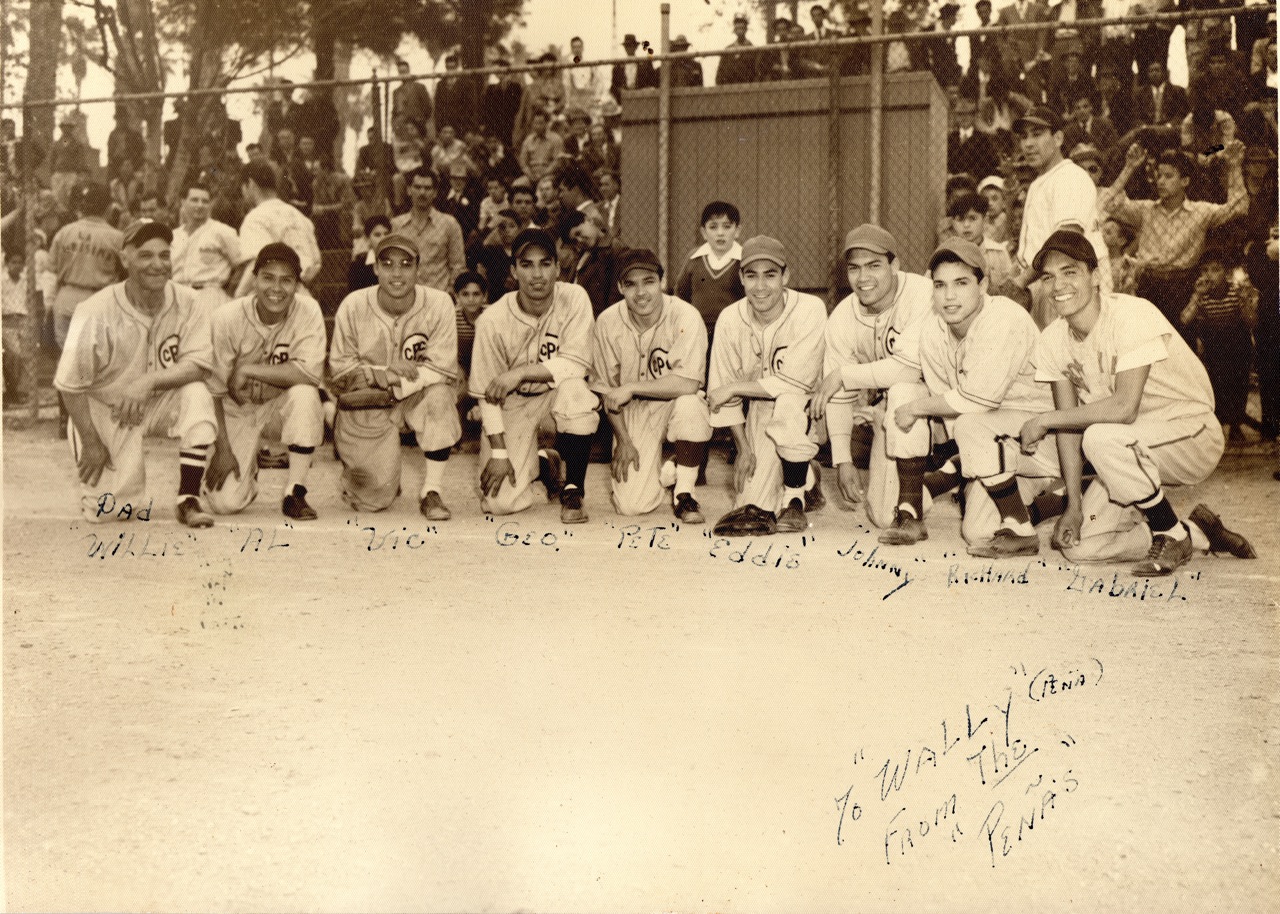



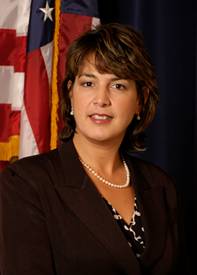
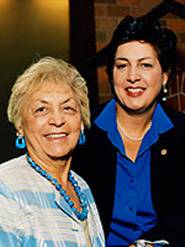
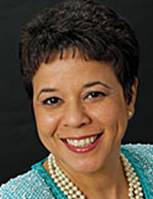
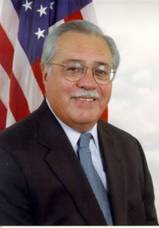
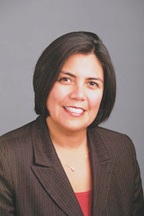
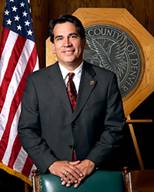
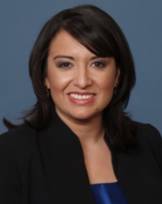
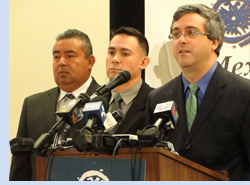
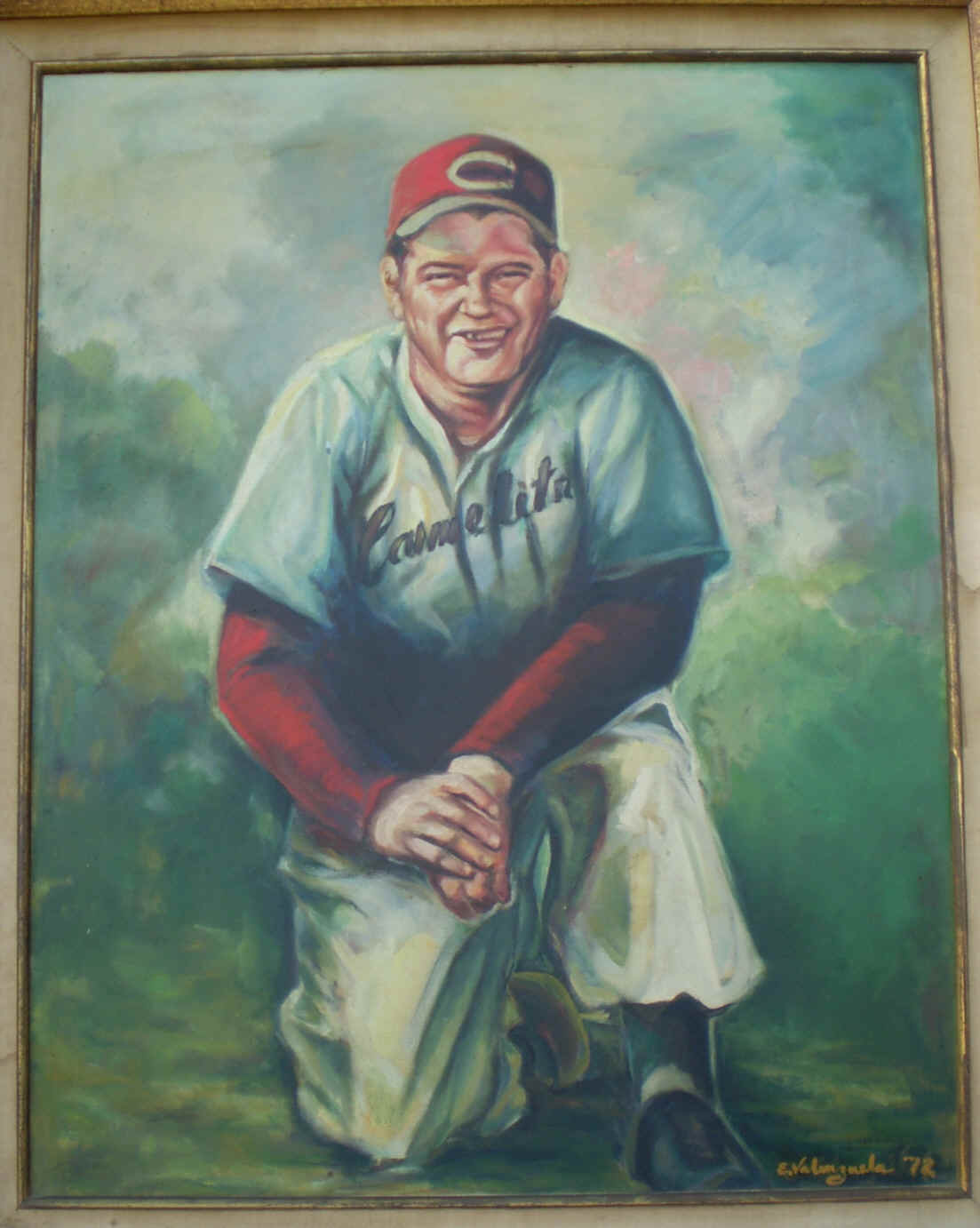
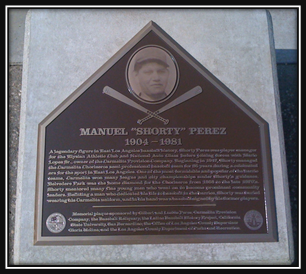
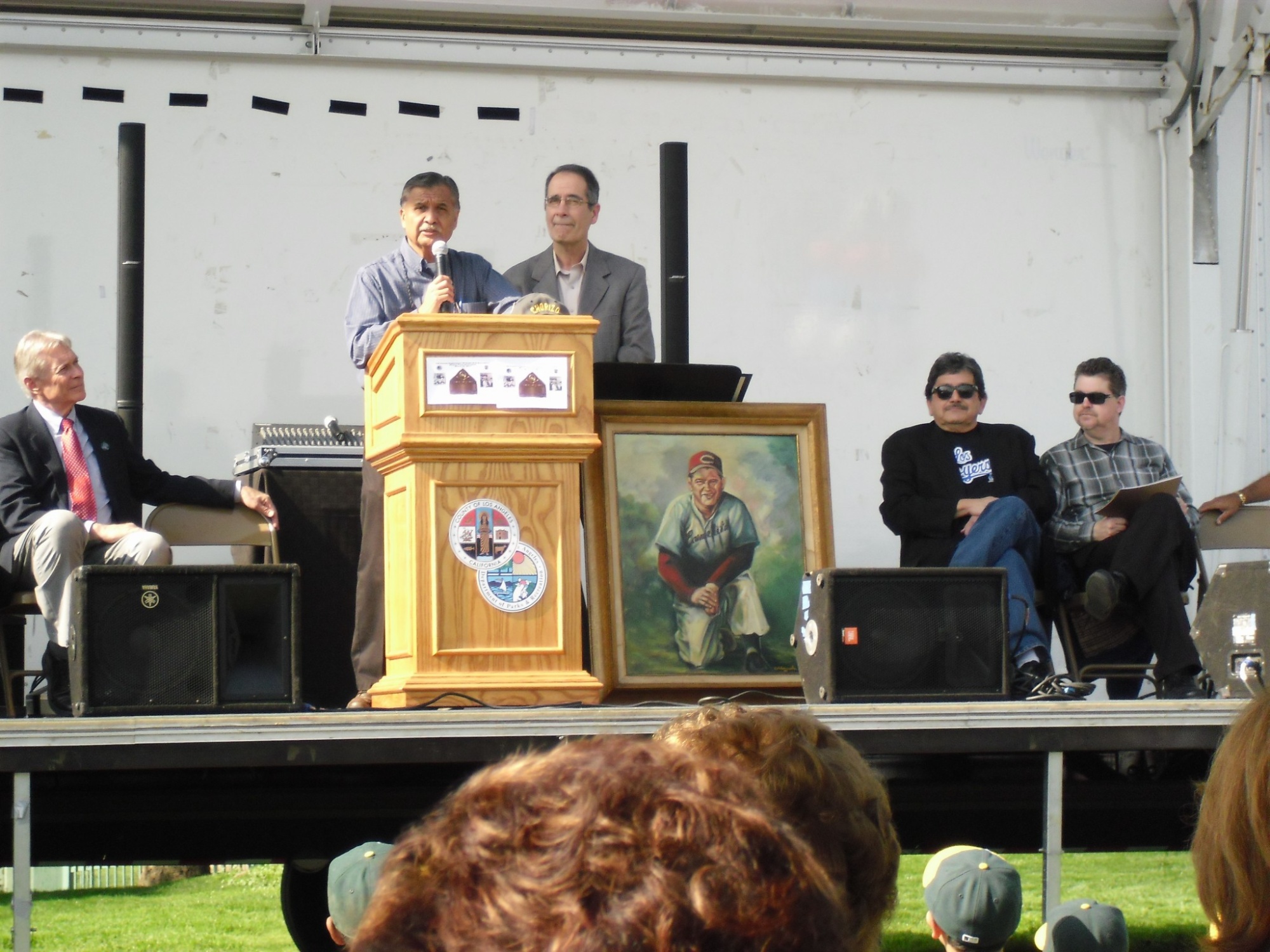
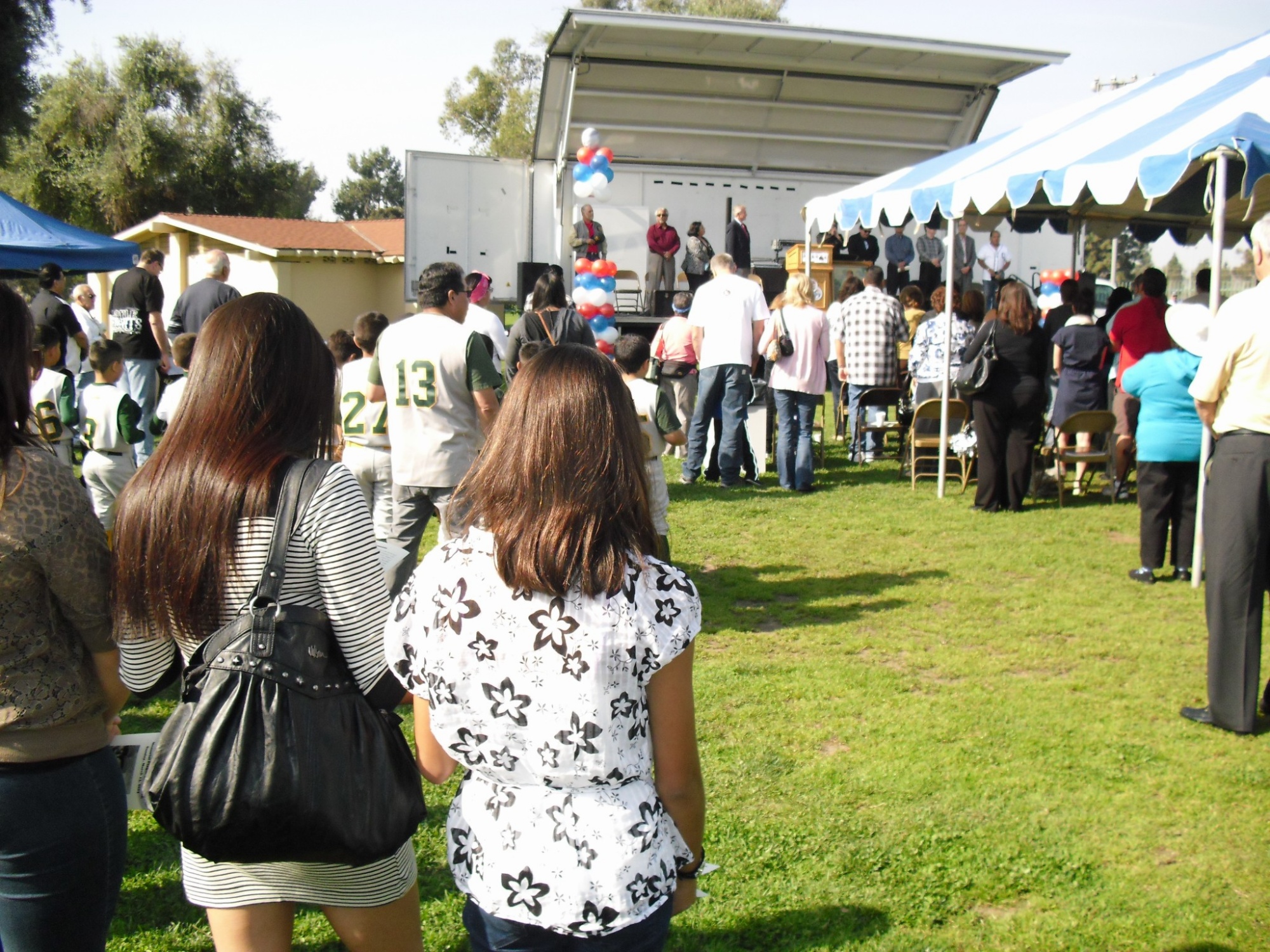
 |
|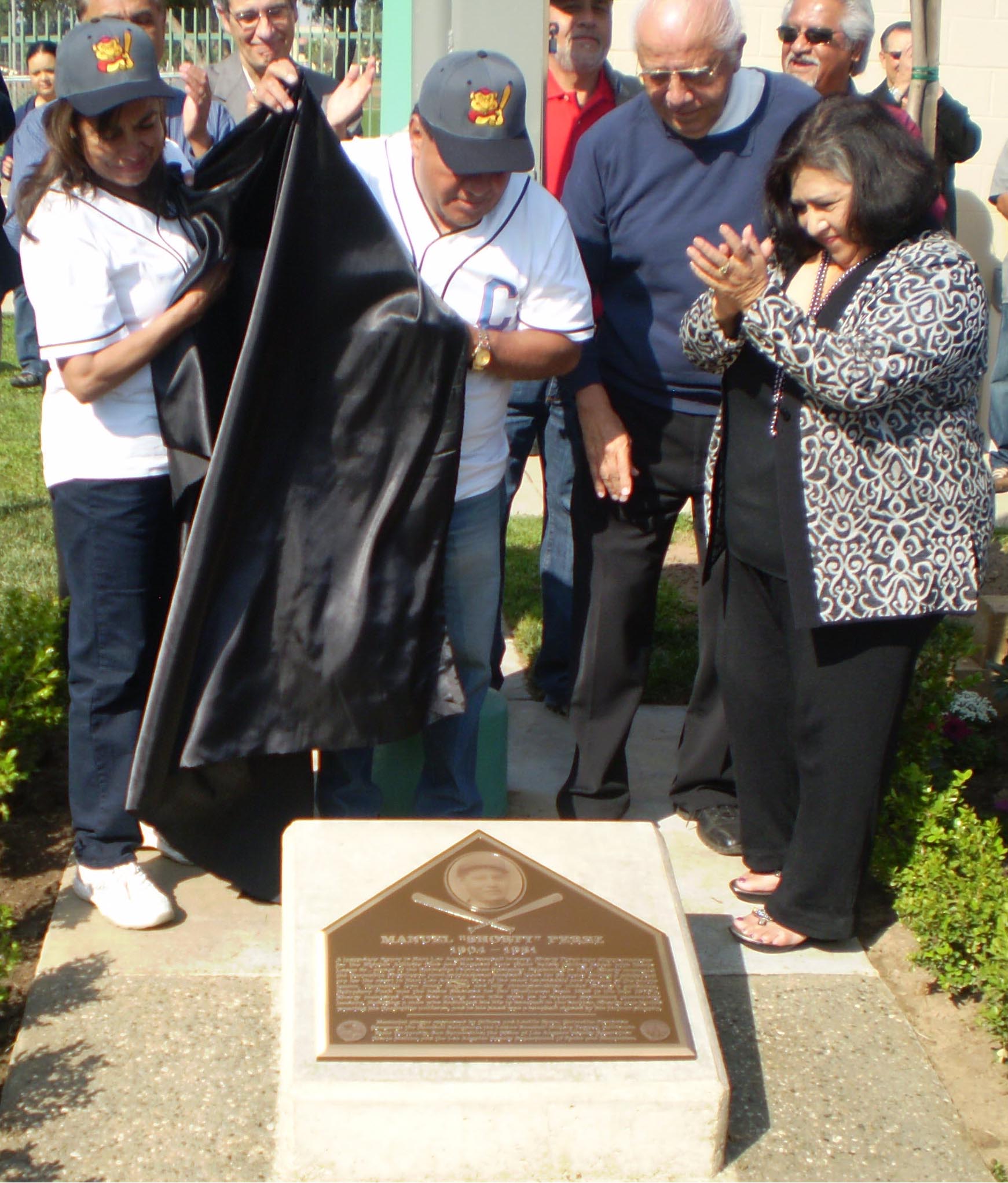

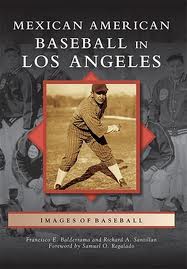
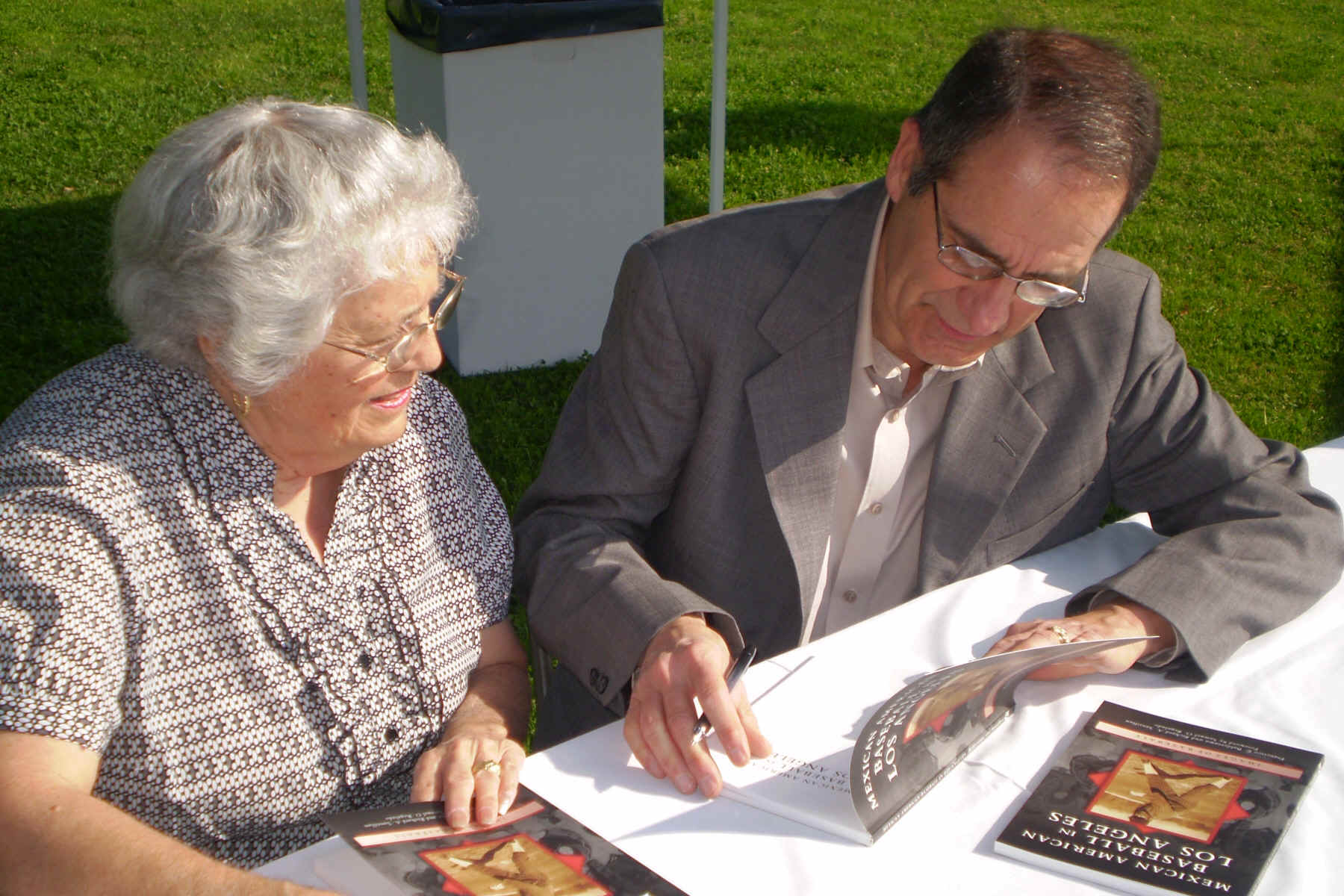
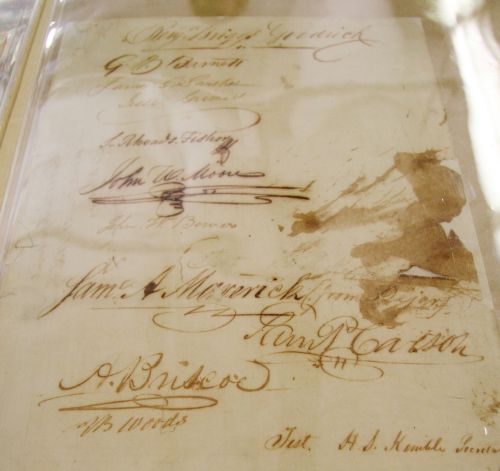


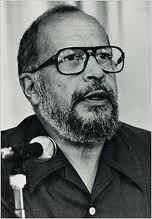
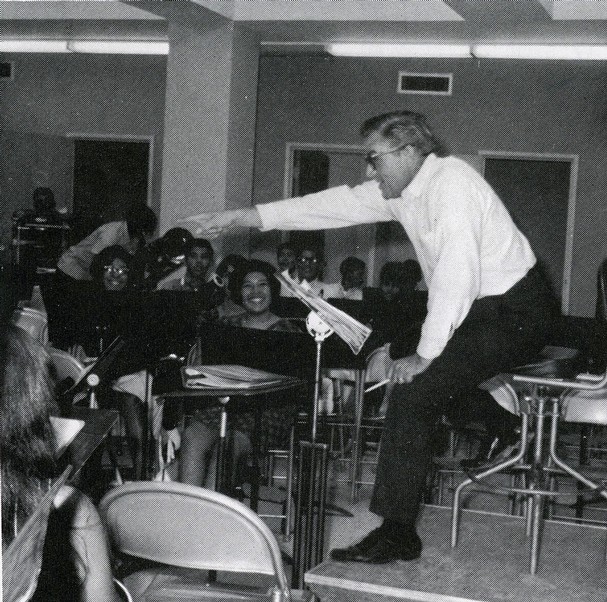
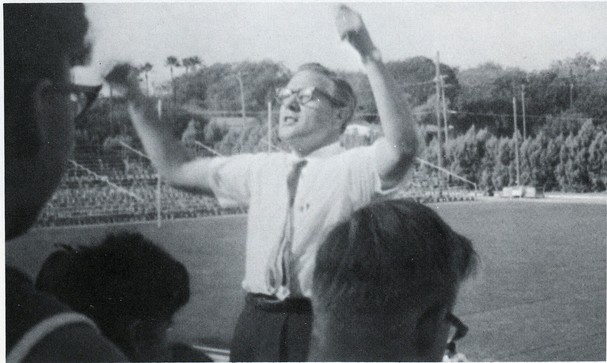
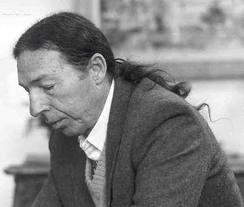
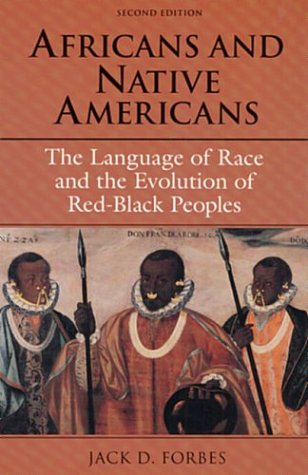 Mil
gracias to Professors Inés Hernández-Ávila and Carlos Muñoz, Jr. for
sending us these essays of remembrance in honor of the late great
scholar Jack D. Forbes. We copy and include the essays and
photograph they forwarded today and earlier.
Mil
gracias to Professors Inés Hernández-Ávila and Carlos Muñoz, Jr. for
sending us these essays of remembrance in honor of the late great
scholar Jack D. Forbes. We copy and include the essays and
photograph they forwarded today and earlier. 
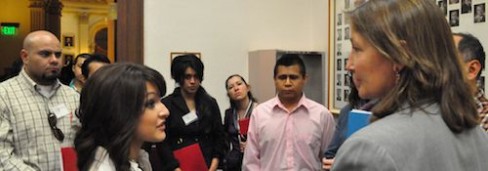


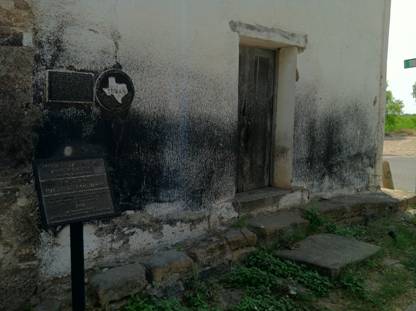
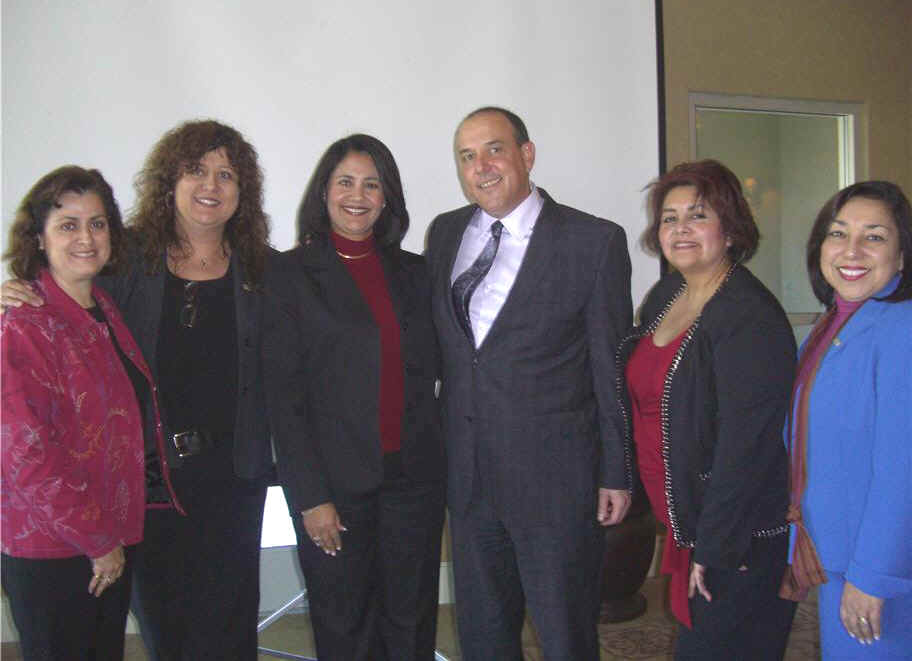


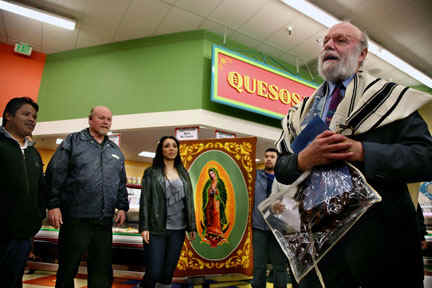
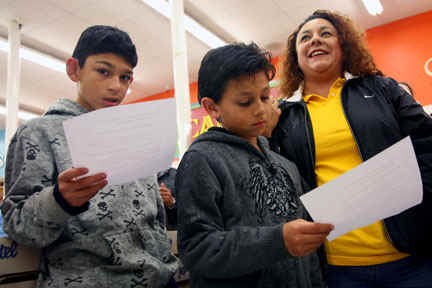
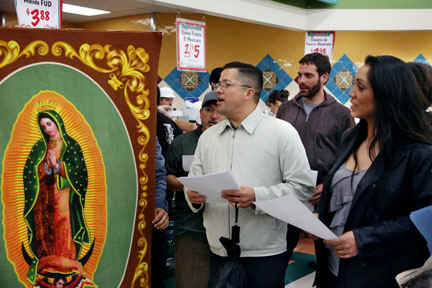
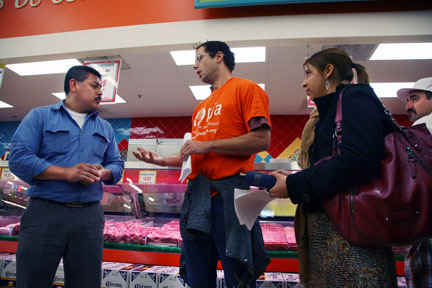
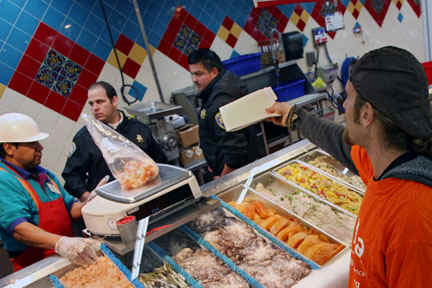

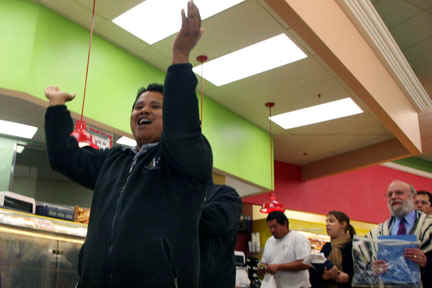
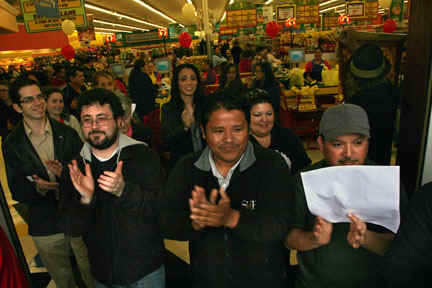
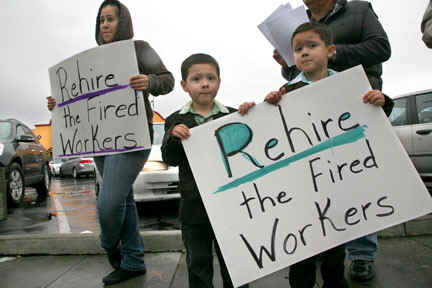




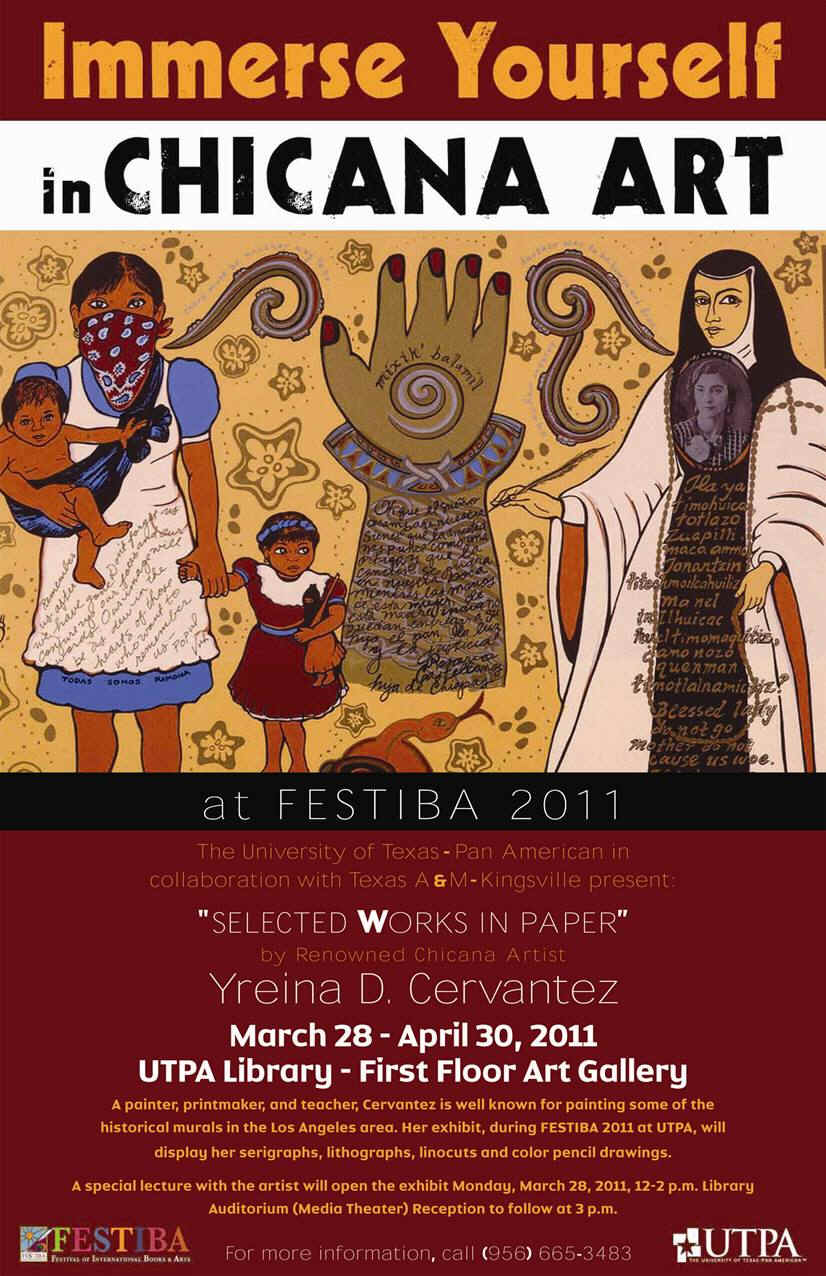
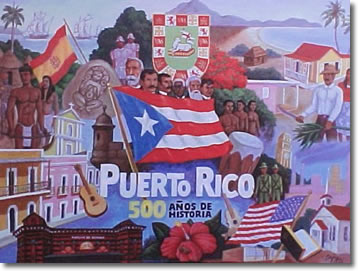
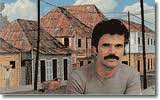

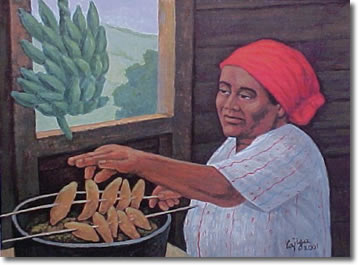
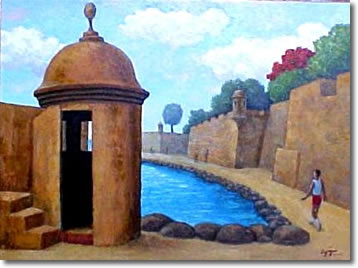
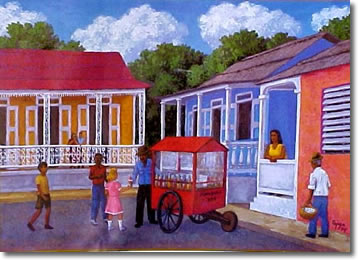

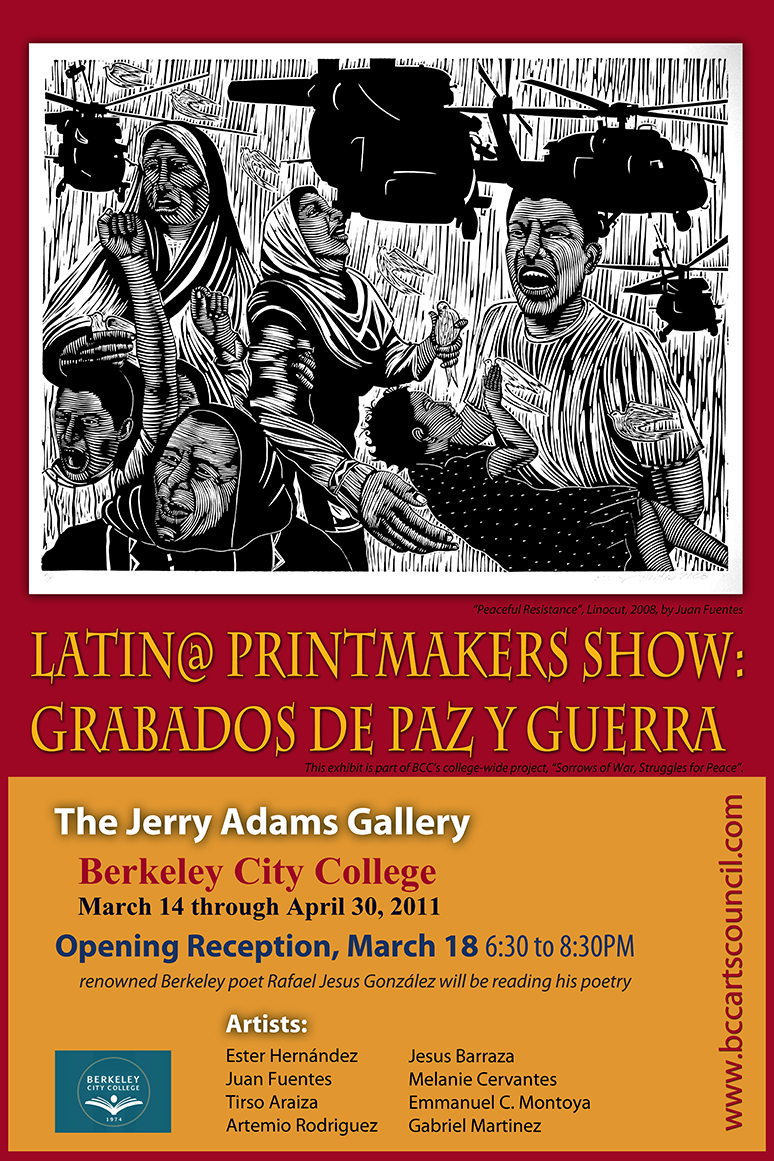
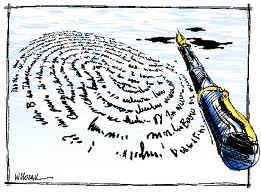



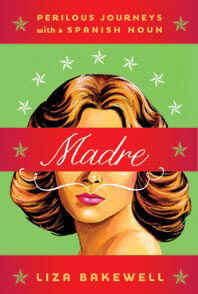
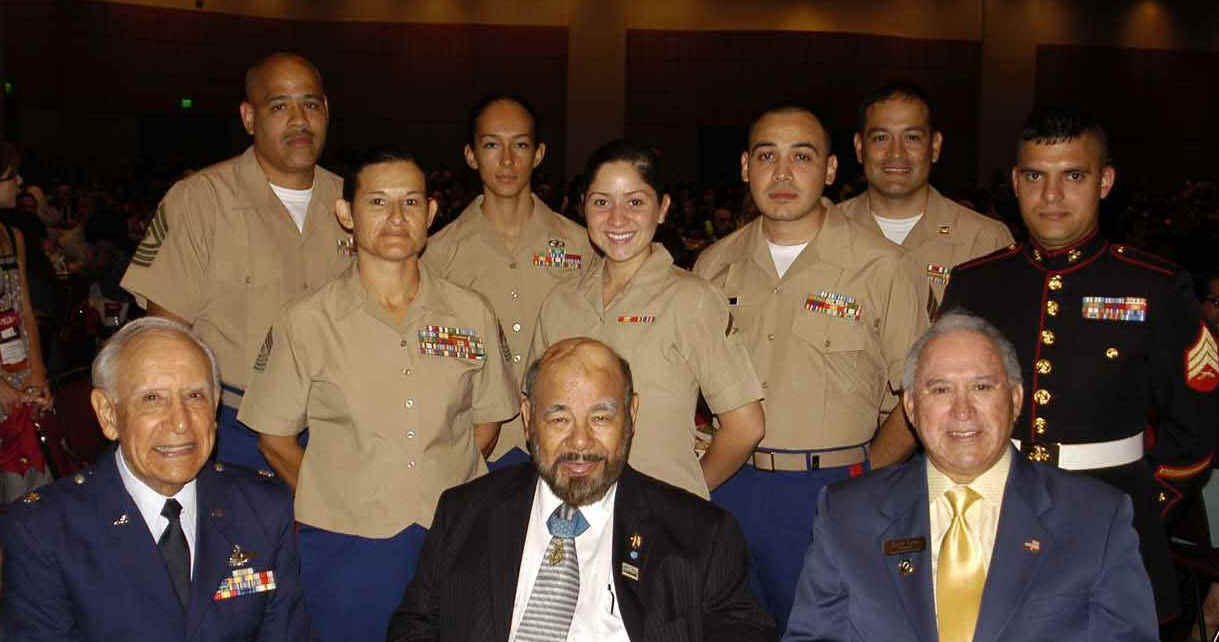
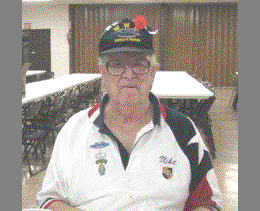
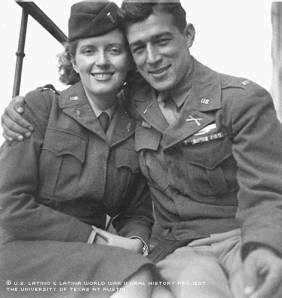

 firmly behind them, new
firmly behind them, new 
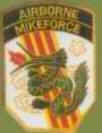
 The basic structure of the Special Forces Group (Airborne) consisted of a headquarters and headquarters company, three or more line Special Forces companies, a signal company, and an aviation detachment. The headquarters and headquarters company encompassed all the usual staff sections for command and control, as well as the major portion of the group medical capability and the parachute rigging and air delivery elements. The line Special Forces company was commanded by a lieutenant colonel and was normally composed of an administrative detachment and an operations detachment C, which commanded three operations detachment B's, each of which commanded four operations detachment A's. The A detachment was the basic twelve- man team.
The basic structure of the Special Forces Group (Airborne) consisted of a headquarters and headquarters company, three or more line Special Forces companies, a signal company, and an aviation detachment. The headquarters and headquarters company encompassed all the usual staff sections for command and control, as well as the major portion of the group medical capability and the parachute rigging and air delivery elements. The line Special Forces company was commanded by a lieutenant colonel and was normally composed of an administrative detachment and an operations detachment C, which commanded three operations detachment B's, each of which commanded four operations detachment A's. The A detachment was the basic twelve- man team.

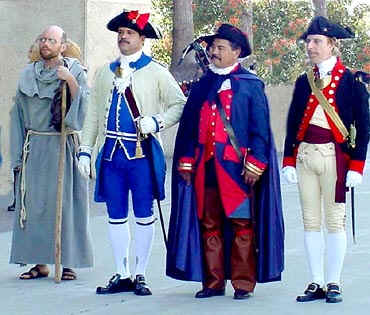








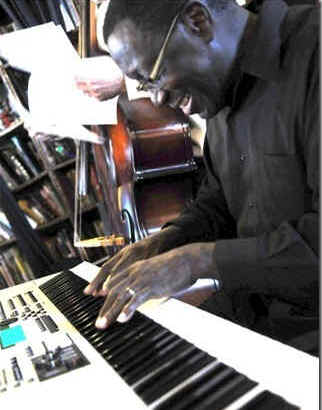

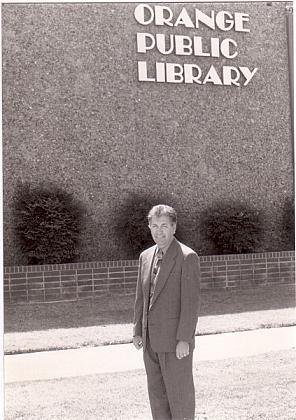 I am attaching an Orange Unified School District Board Agenda item (Item No. 9-E) and a Proclamation recognizing and honoring Lorenzo Ramirez, a great hero of the 1940's, for his role in desegregating the schools in Orange, California during that era. Lorenzo Ramirez represented the El Modena Community within the City of Orange and he was one of the five families representing four school districts: Lorenzo Ramirez (El
Modena), Thomas Estrada & Gonzalo Mendez (Westminster), William Guzman ( Santa Ana), and Frank Palomino (Garden Grove). Their legal challenge in the courts culminated in the successful case: Mendez et al V. Westminster. We applaud the Orange Unified School Board of Education for bestowing this distinct honor on Lorenzo Ramirez and for presenting the Ramirez family this well deserved Proclamation.
I am attaching an Orange Unified School District Board Agenda item (Item No. 9-E) and a Proclamation recognizing and honoring Lorenzo Ramirez, a great hero of the 1940's, for his role in desegregating the schools in Orange, California during that era. Lorenzo Ramirez represented the El Modena Community within the City of Orange and he was one of the five families representing four school districts: Lorenzo Ramirez (El
Modena), Thomas Estrada & Gonzalo Mendez (Westminster), William Guzman ( Santa Ana), and Frank Palomino (Garden Grove). Their legal challenge in the courts culminated in the successful case: Mendez et al V. Westminster. We applaud the Orange Unified School Board of Education for bestowing this distinct honor on Lorenzo Ramirez and for presenting the Ramirez family this well deserved Proclamation.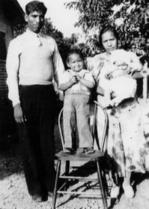
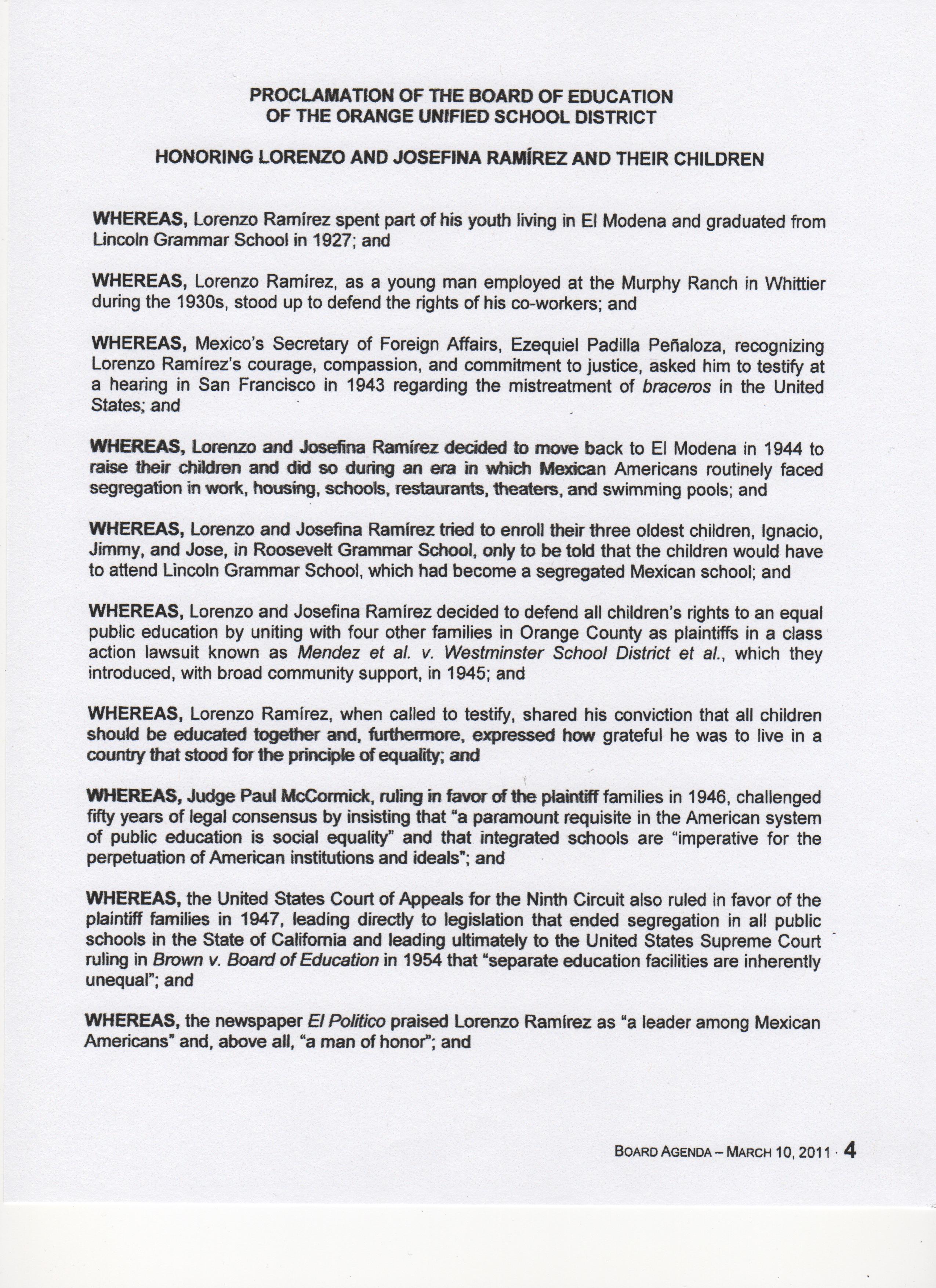

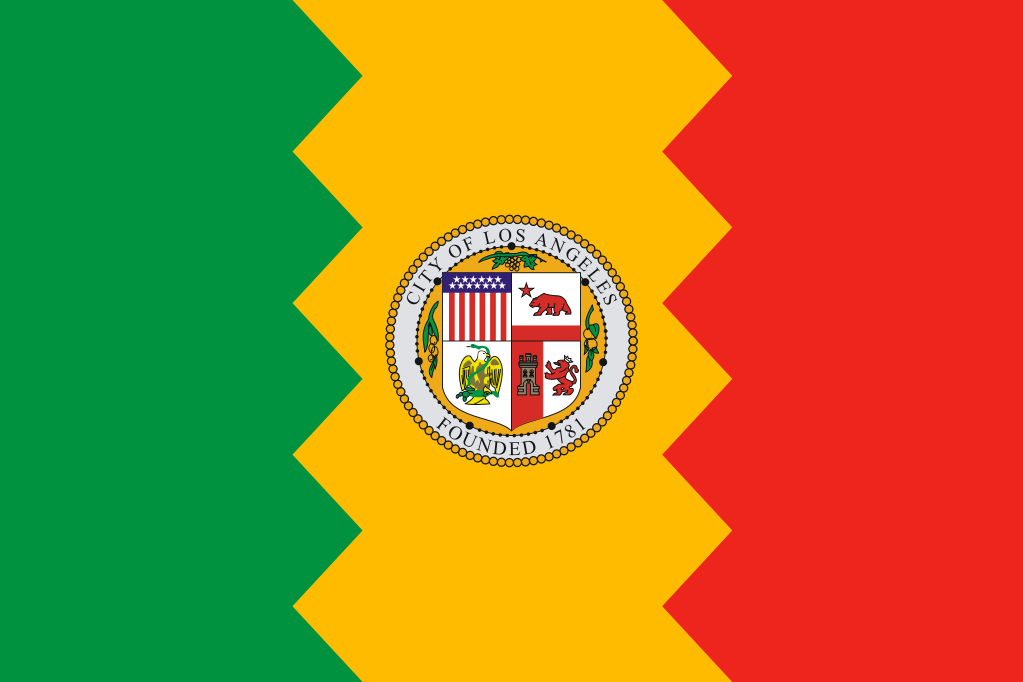

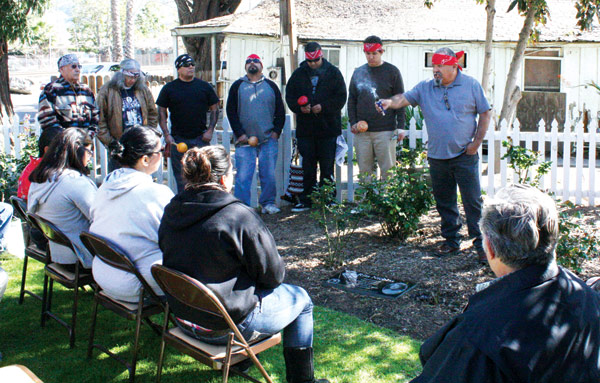
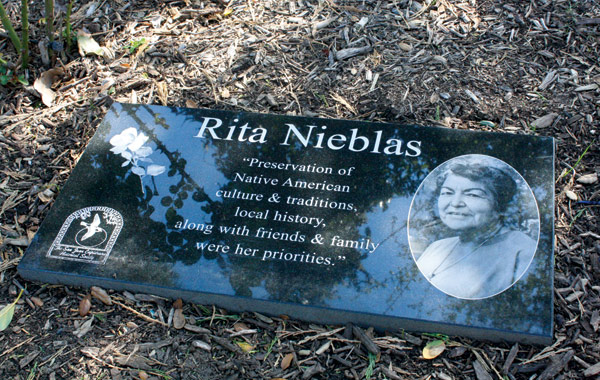 Historical Society President Tom Ostensen remembered Rita Nieblas as a society board member, and as a friend and confidant who loved to tell stories about old Capistrano.
Historical Society President Tom Ostensen remembered Rita Nieblas as a society board member, and as a friend and confidant who loved to tell stories about old Capistrano.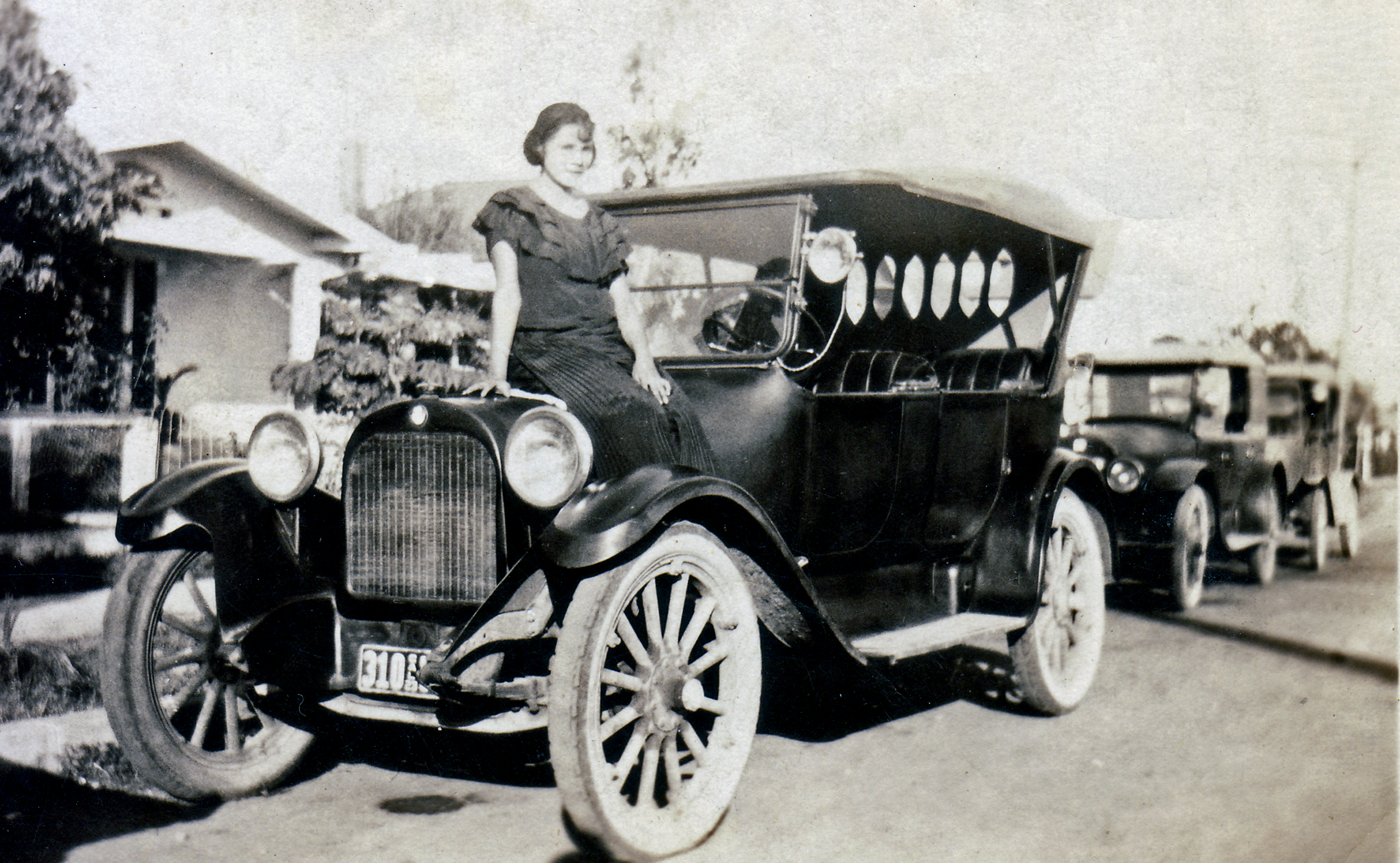
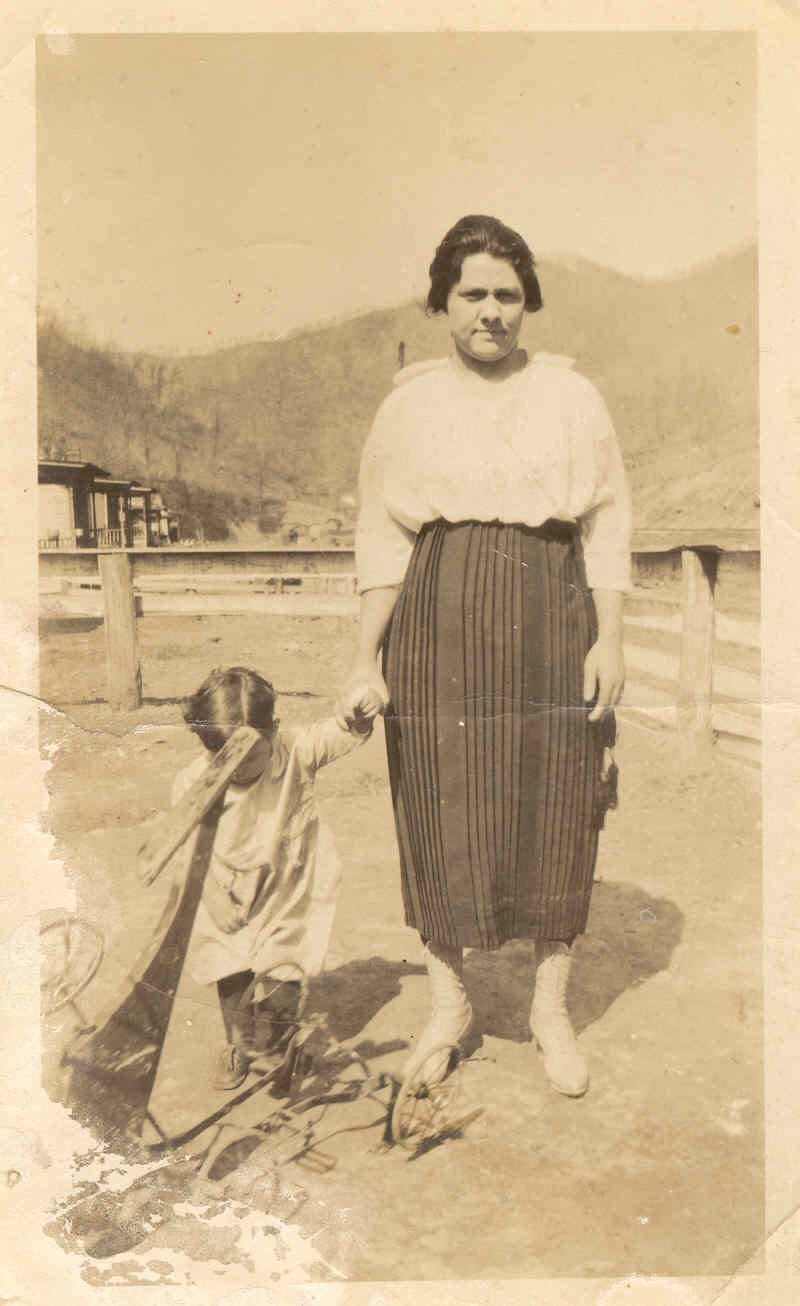
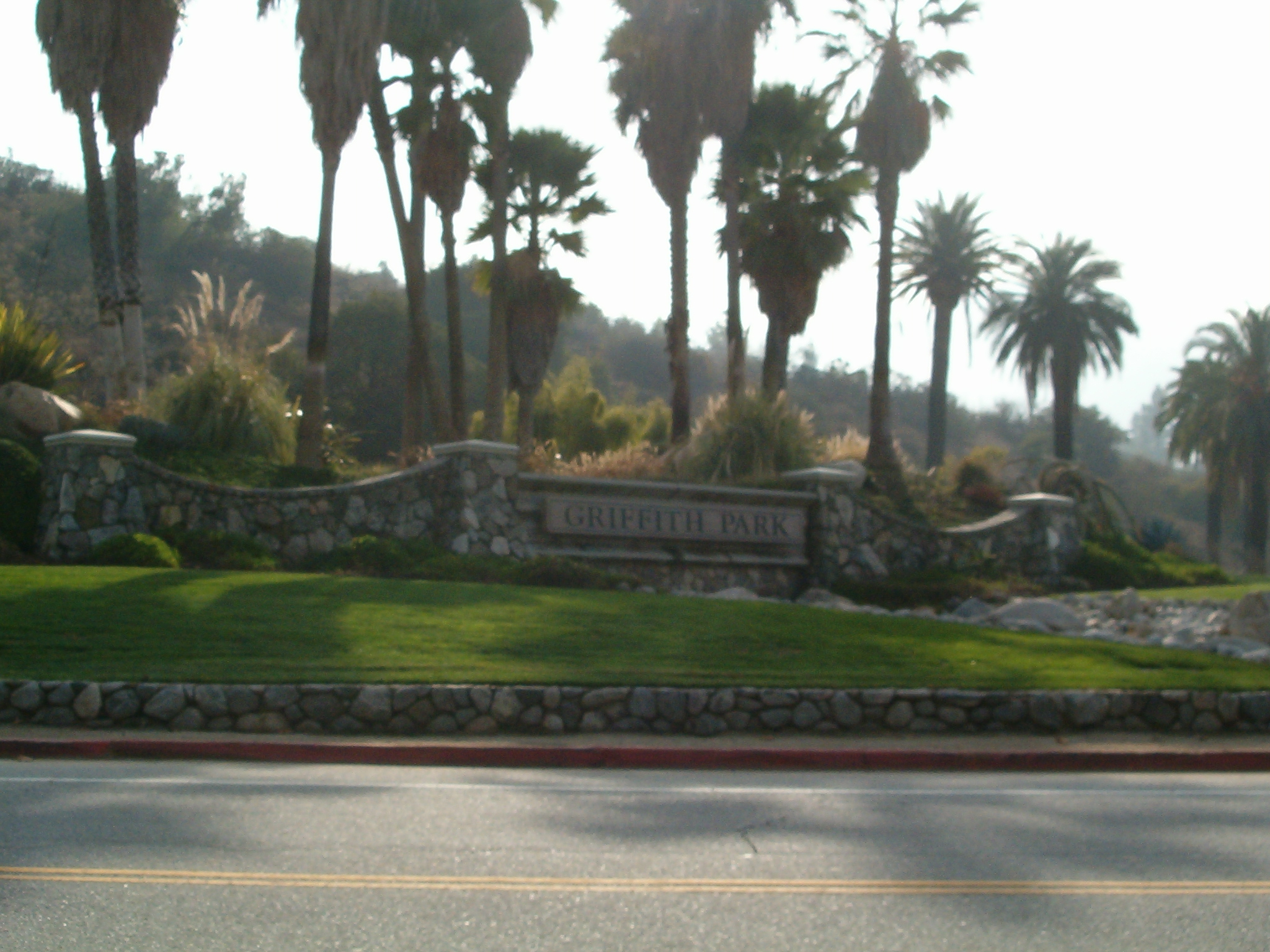
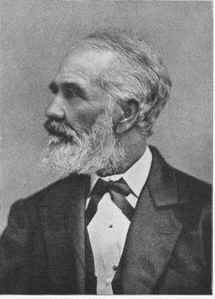 Don Antonio F. Coronel
Don Antonio F. Coronel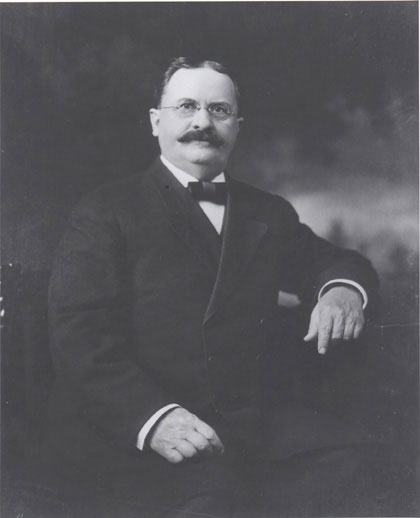 Griffith J
Griffith
Griffith J
Griffith
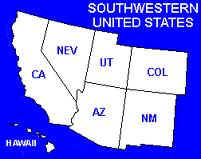
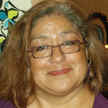 Dr. Gloria Holguín Cuádraz,
Arizona State University Associate Professor of Sociology
Dr. Gloria Holguín Cuádraz,
Arizona State University Associate Professor of Sociology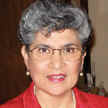 Maria Antonietta Berriozabal,
Community organizer, activist, politician
Maria Antonietta Berriozabal,
Community organizer, activist, politician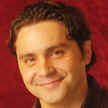 David Rice,
Author, screenwriter
David Rice,
Author, screenwriter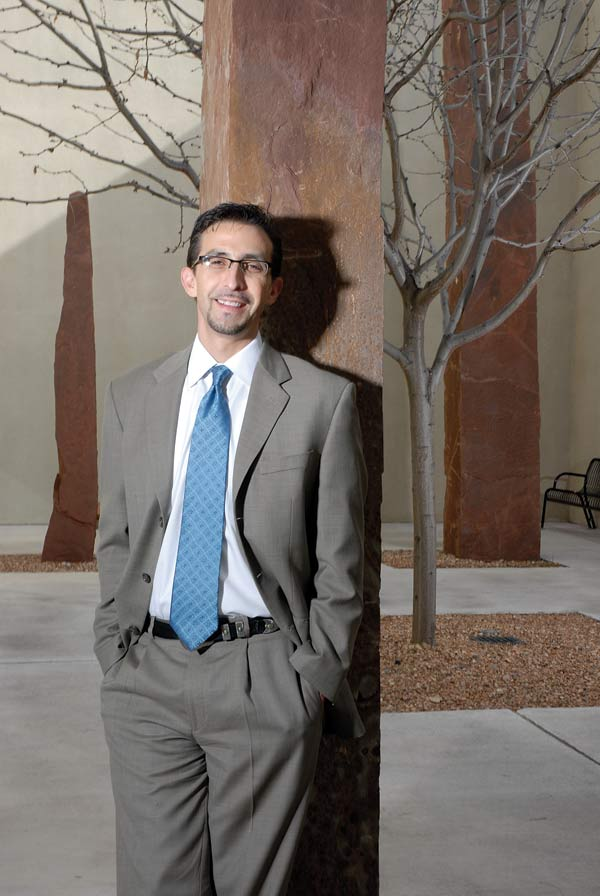

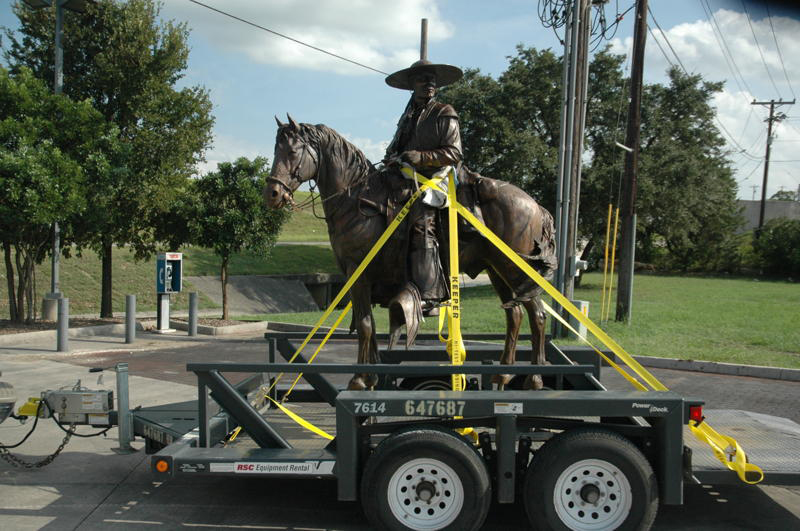

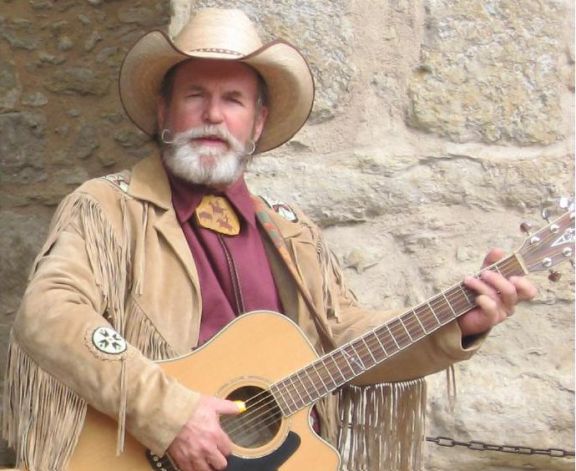
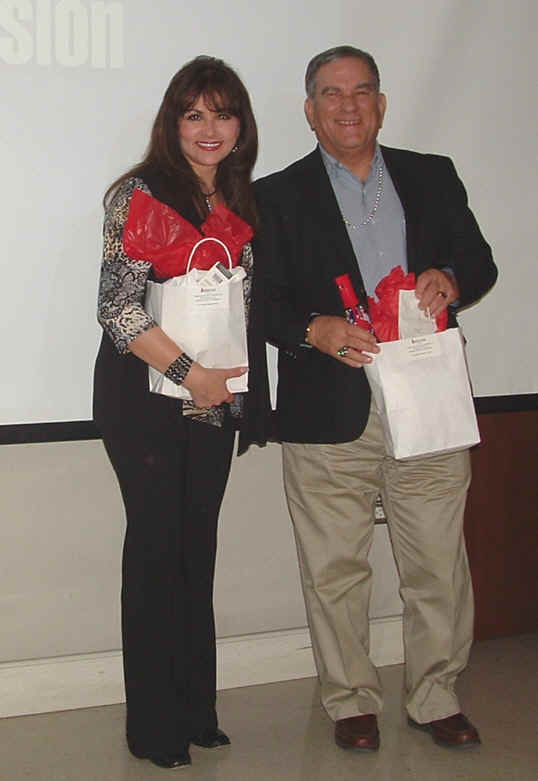
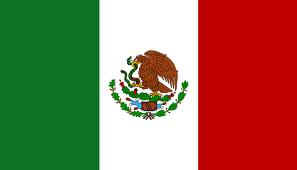
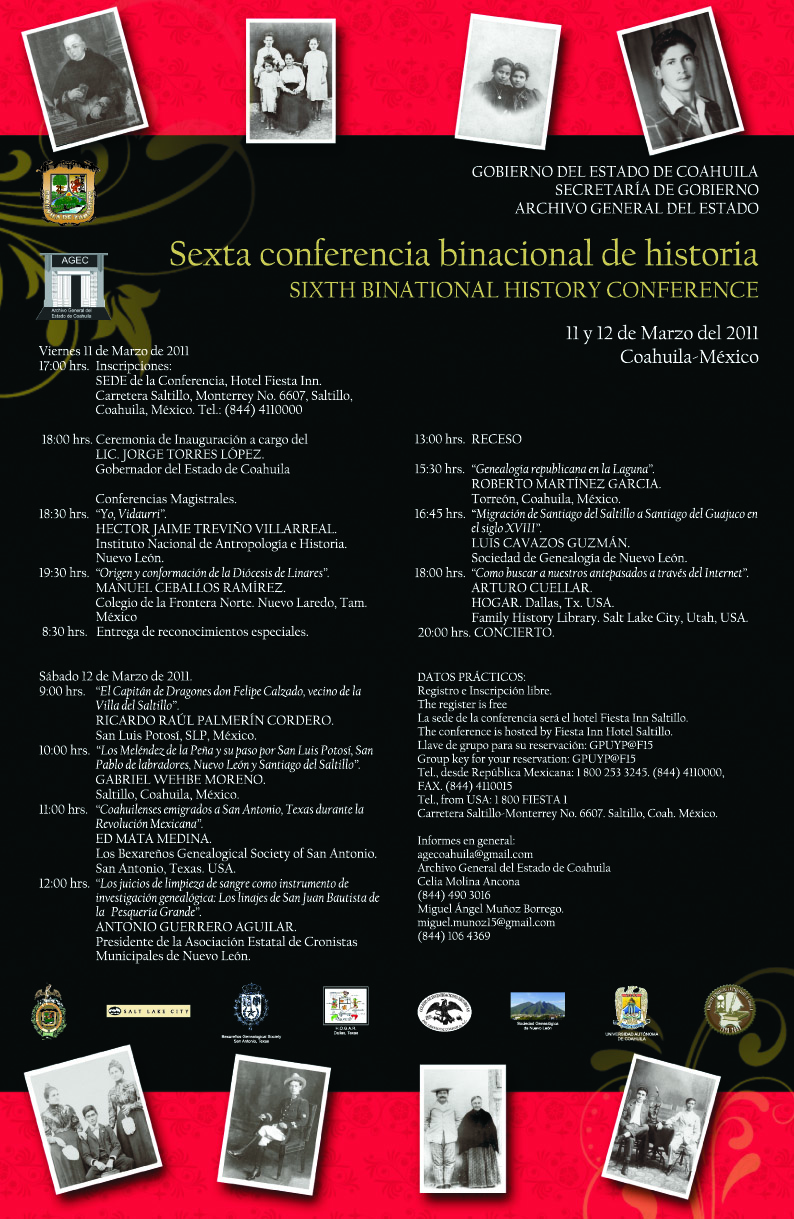
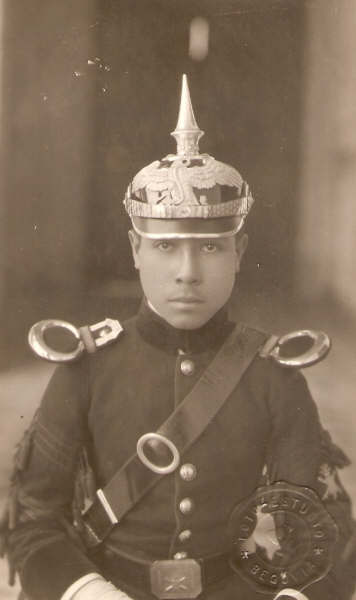
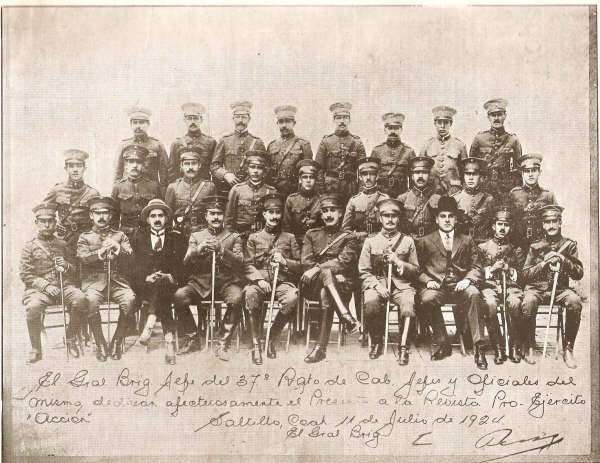 Mi Padre y Benjamín Monteagudo, en Mayo del año de 1920 fueron de los alumnos del Colegio Militar que escoltaron al Sr. Presidente de la República Don Venustiano Carranza a su salida de la
Cd. de México rumbo a Veracruz, combatieron contra las fuerzas rebeldes en la Villa de Guadalupe,
Apam, Tepexpam, San Marcos, Rinconada, Aljibes y Apizaco.
Mi Padre y Benjamín Monteagudo, en Mayo del año de 1920 fueron de los alumnos del Colegio Militar que escoltaron al Sr. Presidente de la República Don Venustiano Carranza a su salida de la
Cd. de México rumbo a Veracruz, combatieron contra las fuerzas rebeldes en la Villa de Guadalupe,
Apam, Tepexpam, San Marcos, Rinconada, Aljibes y Apizaco.